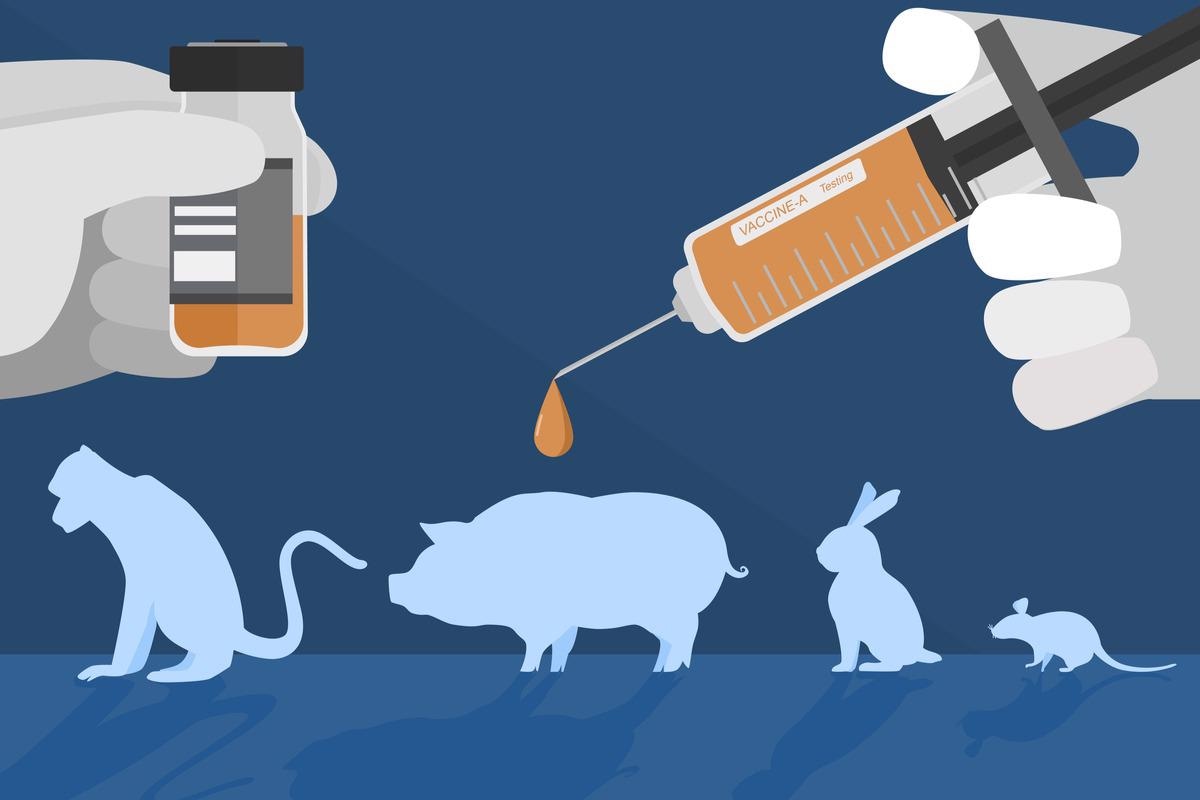Syrian hamsters who were exposed to Omicron showed significantly less viral replication, infectivity, and disease pathology in the lungs compared to the lungs of hamsters infected with an earlier ancestral strain.
 Study: The omicron (B.1.1.529) SARS-CoV-2 variant of concern does not readily infect Syrian hamsters. Image Credit: Hugethank/Shutterstock
Study: The omicron (B.1.1.529) SARS-CoV-2 variant of concern does not readily infect Syrian hamsters. Image Credit: Hugethank/Shutterstock
In November 2021, the identification of the Omicron variant by South African scientists drew global concerns over its fast transmission and ability to infect vaccinated individuals as well as reinfect individuals with naturally acquired immunity. The increased infectiousness appeared to come from the multitude of spike protein mutations — nearly double the mutations than Delta.

 This news article was a review of a preliminary scientific report that had not undergone peer-review at the time of publication. Since its initial publication, the scientific report has now been peer reviewed and accepted for publication in a Scientific Journal. Links to the preliminary and peer-reviewed reports are available in the Sources section at the bottom of this article. View Sources
This news article was a review of a preliminary scientific report that had not undergone peer-review at the time of publication. Since its initial publication, the scientific report has now been peer reviewed and accepted for publication in a Scientific Journal. Links to the preliminary and peer-reviewed reports are available in the Sources section at the bottom of this article. View Sources
For this reason, the World Health Organization labeled Omicron as the fifth variant of concern. The Omicron variant is currently reported in several countries worldwide and is the direct cause behind a surge of coronavirus disease 2019 (COVID-19) cases and hospitalizations in Canada, the United Kingdom, the United States, and many more.
The findings showed that the Omicron variant is not as efficient in replicating in the lower respiratory tract of Syrian hamsters compared to the D614G strain and other variants of concerns four days after infection. However, the researchers caution that more research explaining limited lung infectivity is needed to rule out the potential explanation that Omicron learned to adapt to human ACE2, making binding to hamster ACE2 receptors less efficient. Doing so will require measuring the viral loads in the lungs and tissues at different time points of the COVID-19 infection.
How they did it
The researchers had previously used Syrian hamsters to model infectivity in several variants of concern including, Alpha, Beta, Gamma, and Delta which confirmed strong viral replication in the lungs. They extended their model to compare Omicron’s infectivity against an earlier severe acute respiratory syndrome coronavirus 2 (SARS-CoV-2) strain.
The researchers chose the D614G strain which has a spike D614G substitution found in early European SARS-CoV-2 variants. The D614G strain was dominant in early 2020 and is associated with efficient transmission.
Omicron samples were taken from a nasopharyngeal swab from a traveler who tested positive after returning to Belgium in late November 2021.
Female Syrian hamsters that were 6-8 weeks old were intranasally infected with either the D614G strain or the Omicron variant. Four days after infection, the animals were then sacrificed to collect lung samples.
The researchers measured significantly less — approximately 3 log10 lower — viral RNA loads in the lungs of hamsters infected with the Omicron variant compared to the D614G strain (approximately 3x103 versus 4x106 RNA load).
Infectious virus titers were observed in the lungs of animals infected with the D614G strain. The researchers also note that the viral loads in the other four variants of concerns repeatedly showed high viral loads in the lungs after exposure. However, there were no infectious virus titers found in the lungs of animals infected with Omicron.
Another observation was differences in the weight of infected animals. On the day of euthanasia, Syrian hamsters infected with Omicron had more bodyweight than animals infected with the D614G strain.
Images of the lungs of D614G strain-infected Syrian hamsters showed significant signs of viral infection. These included peri-bronchial inflammation, bronchopneumonia in the
surrounding alveoli, and perivascular inflammation with perivascular oedema.
In contrast, the researchers did not detect any signs of inflammation or disease in the lungs of Syrian hamsters infected with Omicron. They compared the lungs to the lungs of unexposed and noninfected hamsters.
Taken together, these results clearly demonstrate that the omicron variant is not able to replicate 90 efficiently in the lower respiratory tract of Syrian hamsters compared to the anscetral D614G strain 91 and other variants of concerns when animals were euthanized at day 4 post-infection,” concluded the study authors.

 This news article was a review of a preliminary scientific report that had not undergone peer-review at the time of publication. Since its initial publication, the scientific report has now been peer reviewed and accepted for publication in a Scientific Journal. Links to the preliminary and peer-reviewed reports are available in the Sources section at the bottom of this article. View Sources
This news article was a review of a preliminary scientific report that had not undergone peer-review at the time of publication. Since its initial publication, the scientific report has now been peer reviewed and accepted for publication in a Scientific Journal. Links to the preliminary and peer-reviewed reports are available in the Sources section at the bottom of this article. View Sources
Journal references:
- Preliminary scientific report.
Abdelnabi R, et al. (2021). The omicron (B.1.1.529) SARS-CoV-2 variant of concern does not readily infect Syrian hamsters. bioRxiv. Doi: https://doi.org/10.1101/2021.12.24.474086 https://www.biorxiv.org/content/10.1101/2021.12.24.474086v1
- Peer reviewed and published scientific report.
Abdelnabi, Rana, Caroline S. Foo, Xin Zhang, Viktor Lemmens, Piet Maes, Bram Slechten, Joren Raymenants, et al. 2022. “The Omicron (B.1.1.529) SARS-CoV-2 Variant of Concern Does Not Readily Infect Syrian Hamsters.” Antiviral Research, January, 105253. https://doi.org/10.1016/j.antiviral.2022.105253. https://www.sciencedirect.com/science/article/pii/S0166354222000213.